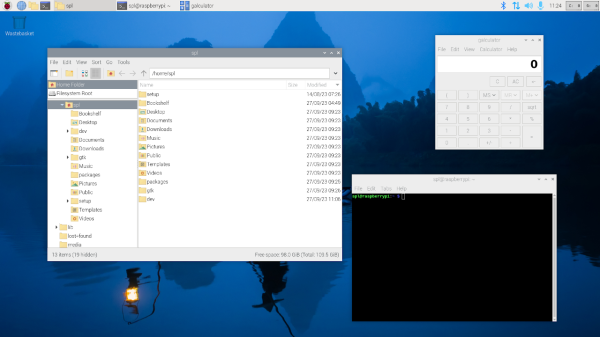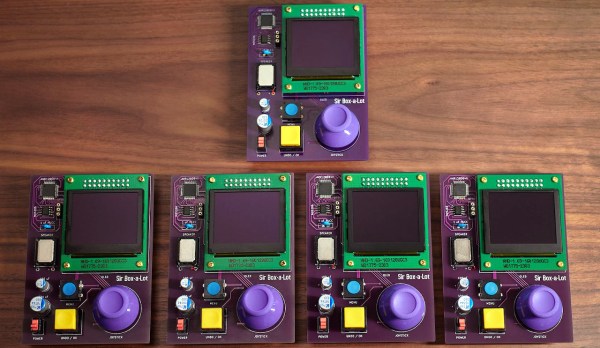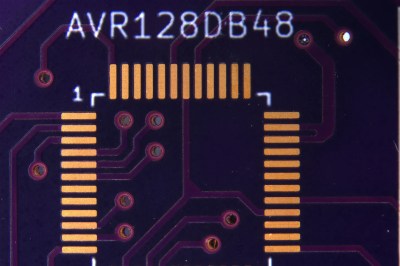Curl gave us all a big warning that a severe security problem had been found in that code-base. Given the staggering number of Curl installs around the world, we held our collective breath and waited for the bombshell to drop this Wednesday. It turns out, it’s not quite as bad as feared — so long as you don’t have a SOCKS proxy.
In hindsight, shipping a heap overflow in code installed in over twenty billion instances is not an experience I would recommend. — Daniel Stenberg
The trouble started when the SOCKS5 proxy support was converted to a non-blocking implementation. It’s a win for libcurl to work on requests asynchronously, but refactoring code and new features always runs a bit of risk. SOCKS5 proxying has some quirks, like allowing DNS resolution to happen locally or at the proxy. The new async code starts out with:
bool socks5_resolve_local =
(proxytype == CURLPROXY_SOCKS5) ? TRUE : FALSE;
First off, unnecessary ternary is unnecessary. But note that this local variable gets set by the proxytype. If that’s CURLPROXY_SOCKS5_HOSTNAME, then it uses remote resolution. But inherited from old code is a check for a hostname that is too long for a SOCKS request (255 bytes). This code converts back to local resolution in this case.
The important detail here is that this function is now a state machine, that potentially runs multiple times for a single request, to achieve that asynchronous execution. The check for a too-long hostname only happens during the initialization state. Copying the hostname into the buffer happens in a different state. If setting up the connection takes enough time, the function will return and be executed again when something has changed. The ternary check runs again, but not the hostname-too-long. So if set to do remote resolution with a long enough host name, execution slips through this edge case, and the long hostname is copied into a too-small buffer.
It’s safe to assume that this heap overflow can result in arbitrary code execution. The fix has landed in 8.4.0, after being present for 1,315 days. [Daniel] goes ahead and gets ahead of the inevitable suggestion that Curl should be written in rust or another memory-safe language. Curl was started before those alternatives existed, and there is a very slow effort to move portions of the project to memory-safe languages. And you’re welcome to help out. Continue reading “This Week In Security: Curl Reveal, Rapid Reset DDoS, And Libcue”















